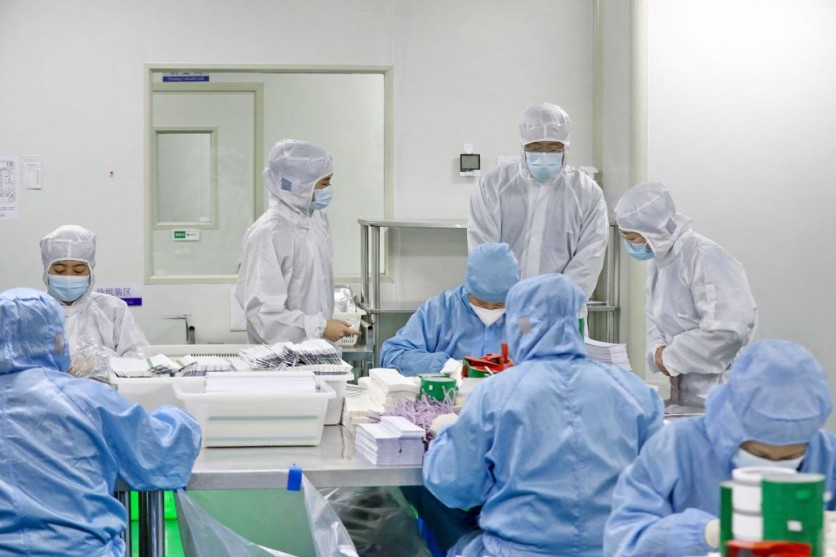Two scientists with a background in mechanical engineering at the McKelvey School of Engineering at Washington University in St. Louis established a collaboration with researchers from the School of Medicine that helped them develop a more accurate diagnostic test, according to PhysOrg.

It started in 2019, pre-pandemic, with no idea what would transpire in the next coming years.
A Breakthrough in Infectious Disease
One of the things they tried to solve was to find a way to figure out fast if a patient has a bacterial infection and should get antibiotics or has a viral infection, in which antibiotics will not work effectively.
This led to the development of ultra-bright fluorescent nano labels called plasmonic floors, which could be quickly integrated into a standard testing platform, the Lateral Flow Essay (LFA).
LFAs enhanced by plasmon can improve readily available rapid tests to sensitivity levels necessary for confidence in test results without the need for lab-based confirmation.
The p-LFAs is a thousand times more sensitive than conventional LFAs. It shows results through a visual color and fluorescence signal on the strip. When analyzed through a fluorescence scanner, p-LFAs are also faster than gold-standard lab tests, which return results in only 20 minutes instead of several hours.
Moreover, the p-LFAs can detect and quantify concentrations of proteins, allowing them to see bacterial and viral infections and markers of inflammation that point to other diseases.
What makes p-LFAs very effective because they can pick up small concentrations of antibodies and antigens, typical markers of infections, and then give healthcare professionals fast results without needing specialized equipment.
On the other hand, the LFA strip can be scanned with a fluorescence reader for quantitative testing beyond the initial screening, allowing fast and ultra-sensitive colorimetric and fluorometric detection of disease markers with only one test.
Also Read: Stanford Engineers' Millirobot is Reshaping the Future of Drug Delivery in the Body
Better Testing Ahead

The global pandemic was a big shift for everyone. The scientists had to move away from their original focus on distinguishing viruses from bacteria and worked with epidemiologists to get testing samples with diagnosticians to compare the test to what was available.
With the entire collaboration, they were able to refine the design of the p-LFAs, which achieved 95 percent clinical sensitivity and 100 percent specificity for SARS-CoV-2 antibodies and antigens.
Overall, the p-LFAS can outperform standard lab tests in sensitive, speed, convenience, and cost. This comes at a right time even when we're moving away from the global pandemic as the next wave of infectious diseases is inevitable and with better diagnostic tests, it will help us better treat and solve health issues.
Related article: New Diagnostic Test Predicts Teens' Risks for Developing Heart Disease

ⓒ 2026 TECHTIMES.com All rights reserved. Do not reproduce without permission.




